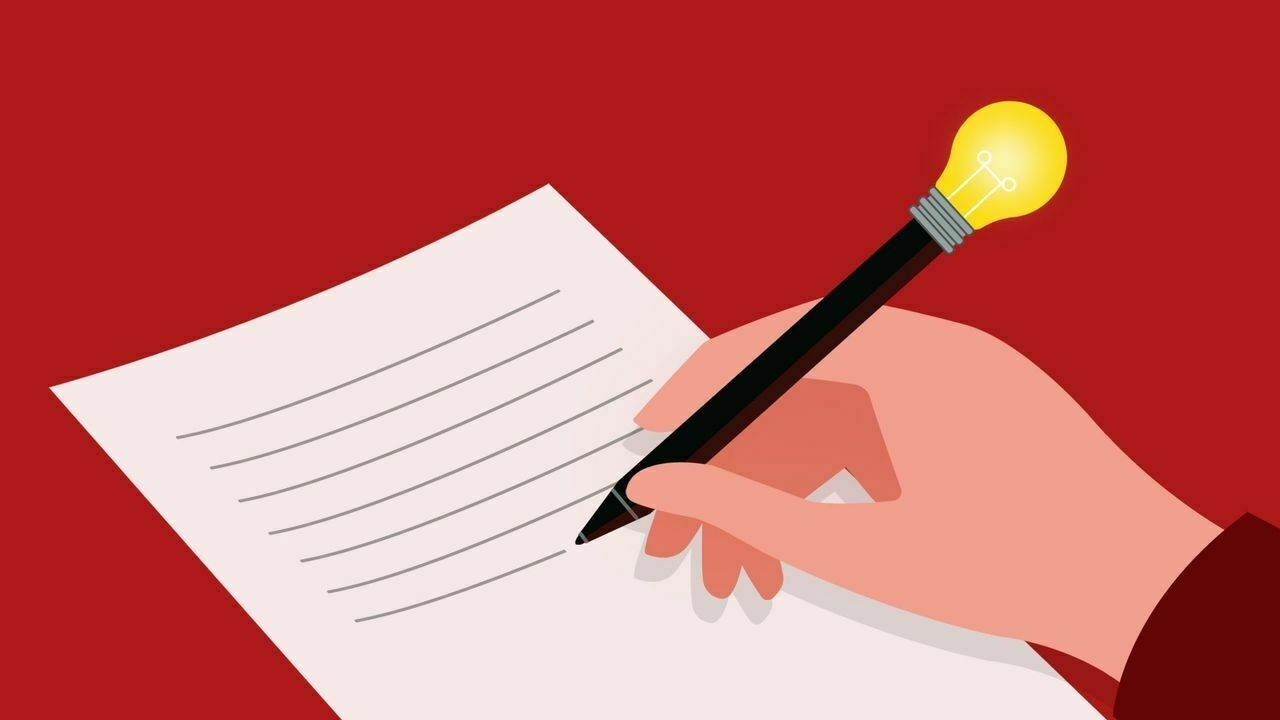Handwriting, note-taking, and recall
I write by hand every day, but not much. While I used to keep a diary in which I’d write several pages, I now keep one that encourages a tweet-sized reflection on the past 24 hours. Other than that, it’s mostly touch-typing on my laptop or desktop computer.
Next month, I’ll start studying for my MSc and the university have already shipped me the books that form a core part of my study. I’ll be underlining and taking notes on them, which is interesting because I usually highlight things on my ereader.
This article in The Economist is primarily about note-taking and the use of handwriting. I think it’s probably beyond doubt that for deeper learning and recall this is more effective. But perhaps for the work I do, which is more synthesis of multiple sources, I find digital more practical.

A line of research shows the benefits of an “innovation” that predates computers: handwriting. Studies have found that writing on paper can improve everything from recalling a random series of words to imparting a better conceptual grasp of complicated ideas.Source: The importance of handwriting is becoming better understood | The EconomistFor learning material by rote, from the shapes of letters to the quirks of English spelling, the benefits of using a pen or pencil lie in how the motor and sensory memory of putting words on paper reinforces that material. The arrangement of squiggles on a page feeds into visual memory: people might remember a word they wrote down in French class as being at the bottom-left on a page, par exemple.
One of the best-demonstrated advantages of writing by hand seems to be in superior note-taking. In a study from 2014 by Pam Mueller and Danny Oppenheimer, students typing wrote down almost twice as many words and more passages verbatim from lectures, suggesting they were not understanding so much as rapidly copying the material.
[…]
Many studies have confirmed handwriting’s benefits, and policymakers have taken note. Though America’s “Common Core” curriculum from 2010 does not require handwriting instruction past first grade (roughly age six), about half the states since then have mandated more teaching of it, thanks to campaigning by researchers and handwriting supporters. In Sweden there is a push for more handwriting and printed books and fewer devices. England’s national curriculum already prescribes teaching the rudiments of cursive by age seven.
Note taking tools and processes
Casey Newton delves into the limitations of current note-taking apps like Obsidian, arguing that they are designed more for storing information than for sparking insights or improving thinking. He suggests that while AI has the potential to revolutionise these platforms by making them more interactive and insightful, the real challenge lies in our ability to focus and think deeply — something that software alone cannot automate.
This is partly why I write Thought Shrapnel. Not only does it force me to actually read things I’ve bookmaked, but I make sense of them, and often make links to my work and other things I’ve read.

Note-taking, after all, does not take place in a vacuum. It takes place on your computer, next to email, and Slack, and Discord, and iMessage, and the text-based social network of your choosing. In the era of alt-tabbing between these and other apps, our ability to build knowledge and draw connections is permanently challenged by what might be our ultimately futile efforts to multitask.Source: Why note-taking apps don’t make us smarter | Platformer[…]
In short: it is probably a mistake, in the end, to ask software to improve our thinking. Even if you can rescue your attention from the acid bath of the internet; even if you can gather the most interesting data and observations into the app of your choosing; even if you revisit that data from time to time — this will not be enough. It might not even be worth trying.
The reason, sadly, is that thinking takes place in your brain. And thinking is an active pursuit — one that often happens when you are spending long stretches of time staring into space, then writing a bit, and then staring into space a bit more. It’s here that the connections are made and the insights are formed. And it is a process that stubbornly resists automation.
Which is not to say that software can’t help. Andy Matuschak, a researcher whose spectacular website offers a feast of thinking about notes and note-taking, observes that note-taking apps emphasize displaying and manipulating notes, but never making sense between them. Before I totally resign myself to the idea that a note-taking app can’t solve my problems, I will admit that on some fundamental level no one has really tried.